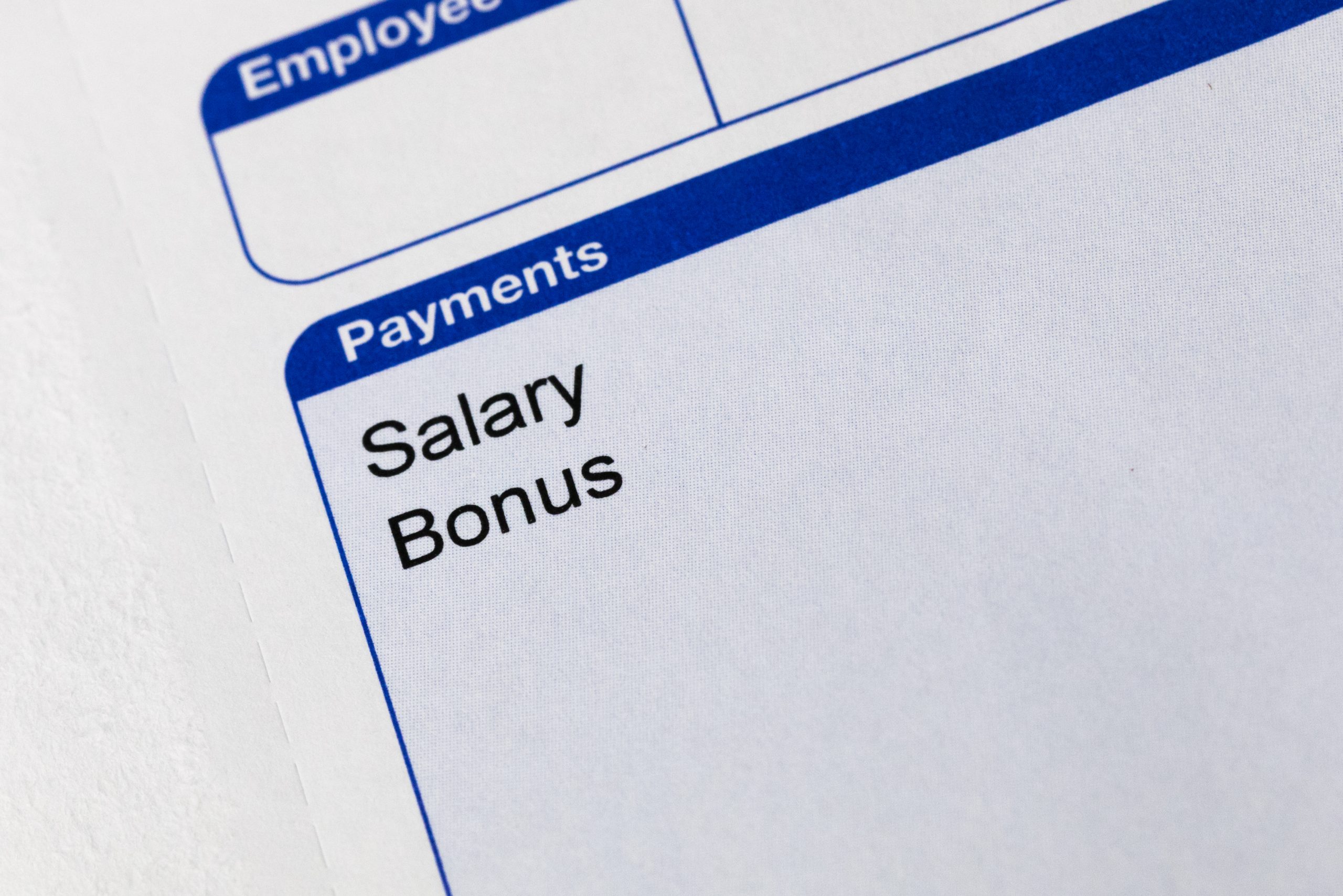Santander account holders lost £7.3m to fraudsters posting fake adverts on online platforms or marketplaces in 2023.
Criminals pose as sellers on online selling platforms or marketplaces and post fake adverts offering items for sale that do not match the description or do not exist.
The buyer is encouraged to send the money using a method that does not offer relevant protection; for example, by bank transfer. They may receive a different item to the one they were expecting or get nothing at all.
Figures released by the bank and online sales platform Gumtree reveal a 32% year-on-year rise in the volume of claims made following an online purchase scam. The average value of a claim is £500.
Of the total number of purchase scams reported to Santander in 2023, 80% started on online selling platforms or marketplaces.
Gumtree removed 1,177,292 listings from across its platform last year for failing to meet its posting standards and policies.
Of those, 42,725 ads were removed due to suspicions of fraud, a decrease of 31% year-on-year following improvements to its safety infrastructure, which prevented scam listings being posted.
According to the website, the most popular items for criminals to create fake posts about include smart phones, games consoles, dogs, collectables and guitars.
Joseph Rindsland, head of trust and safety at Gumtree, said: “We’ve invested heavily in recent years in technology to prevent scam posts making it to our site, and thanks to this, the volume of suspicious listings we’re having to remove is falling month-on-month.
“But scammers are tenacious, and we still removed tens of thousands of posts in 2023.”
April and May see the highest volume of ‘for sale’ listings on Gumtree. To protect shoppers, Santander and the selling platform are working together to warn customers of what to watch out for.
How it works
Criminals advertise goods on social media and through listings on genuine selling sites. When the buyer makes an enquiry, the fraudster often gets pushy to try to make the sale. They’ll also come up with reasons why you cannot view the item in person.
To convince you to buy the item, they create a sense of urgency; for example, explaining the item is in high demand.
The scammer will ask you to use a payment method that does not offer relevant protection, such as the ‘PayPal Friends & Family’ service or through a bank transfer. Once you’ve paid, you lose contact with the seller and either receive nothing or your purchase arrives, but it is fundamentally different to the item advertised.
Tips for shopping safely online
Here are some warning signs that could help you spot fake online adverts.
• Too good to be true? – An item priced under the recommended selling value is a red flag. It doesn’t need to be a high-value purchase; criminals will pretend to sell everything that’s in demand.
• Shop local – Most selling sites can be filtered depending on postcode and location. Shop local, and make sure you see the item in person first. Santander recently introduced a new fraud warning that won’t allow a customer to make a purchase from Facebook Marketplace unless they confirm they have seen it in person first.
• Stay secure – Always use secure payment methods where you can. PayPal (buying goods) and debit and credit cards can offer more protection than a bank transfer. Any attempts to communicate outside of the official selling platform should also be treated with suspicion.
• Slow down – To check whether a seller is genuine, take the time to look at how long the seller has been a member of the selling site for. Check out the seller’s profile, including reviews from other buyers.
Related: Beware copycat bank websites on the hunt to scam you





